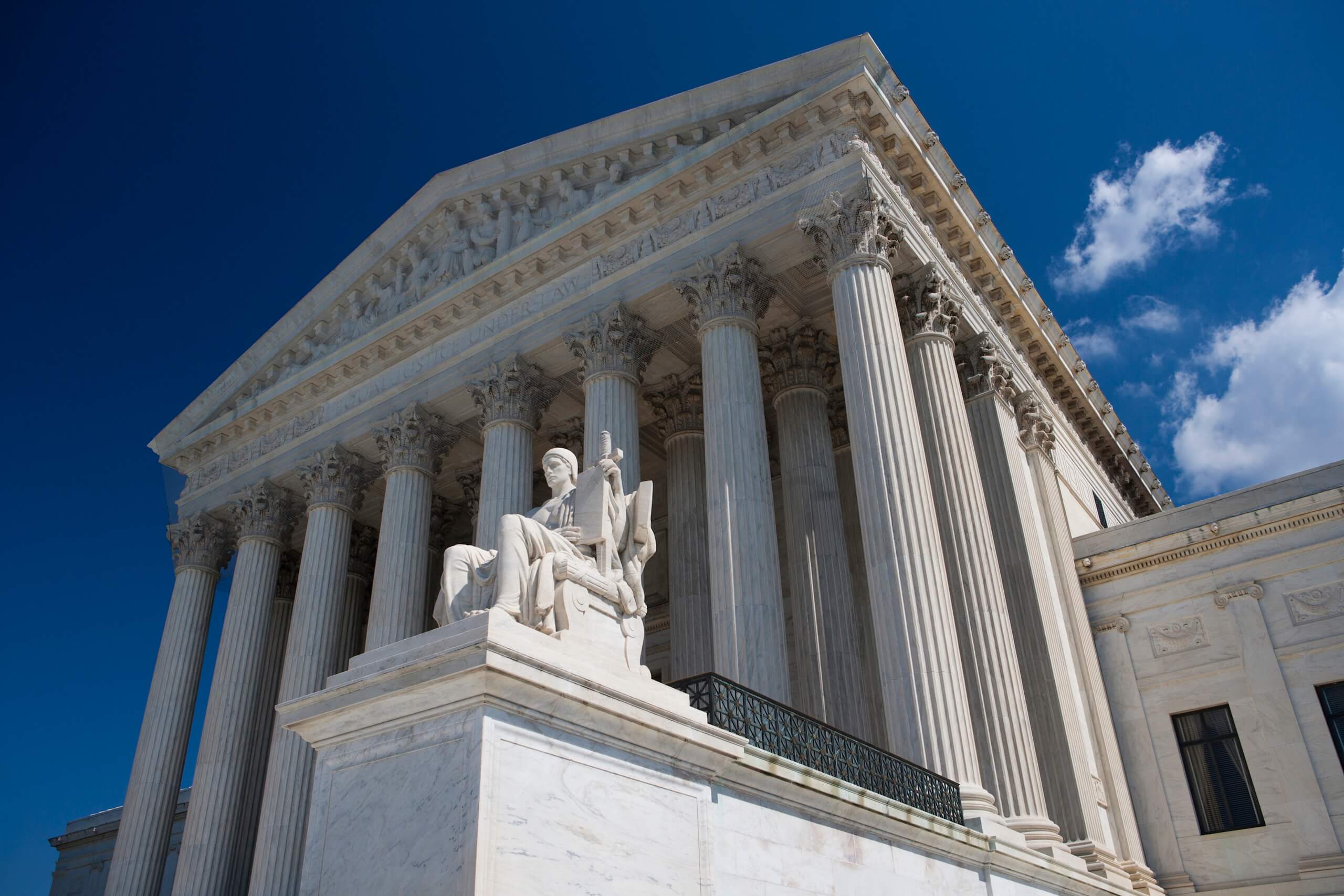Donald Trump and the So-Called Independent Regulatory Agencies › American Greatness

Does Donald Trump make his own luck?
A week or so ago, Lisa Rein wrote in the Washington Post, “On Tuesday, Trump also moved to oust Democratic members on two independent federal commissions. . . . The move breaks decades of legal precedent, experts said, including a 1935 Supreme Court ruling that the president can only fire members of such independent commissions in select cases of inefficiency, neglect of duty or malfeasance.”
“The move breaks decades of legal precedent” is a bit garbled: the move may break decades of practice, practice that has been based on a Supreme Court ruling—that’s the precedent.
And actually, you don’t really need to be an expert to say that such a firing breaks decades of practice. But it looks toney.
And on February 19, William Galston, in a piece in the Wall Street Journal titled
“‘You’re Fired’? Not So Fast,” wrote about the same subject, but at least, unlike Rein, he raised the constitutional issue.
Rein is correct that Trump’s firing commissioners serving on so-called “independent agencies” breaks decades of practice. The question is, was that practice—of not firing such agency heads on the theory that firing them was unconstitutional—correct?
The answer to that question will be provided to us in due course by the Supreme Court when it reconsiders the 1935 Supreme Court case Humphrey’s Executor v. United States. In 1931 William E. Humphrey was nominated by President Hoover to succeed himself as a member of the Federal Trade Commission and was duly confirmed by the United States Senate for a term of seven years. On July 25, 1933, President Roosevelt wrote Humphrey asking for his resignation on the ground that “the aims and purposes of the Administration with respect to the work of the Commission can be carried out most effectively with personnel of my own selection,” but Roosevelt disclaimed any reflection upon Humphrey personally or upon his services.
Subsequently, Humphrey, not having resigned, FDR wrote to him again: “You will, I know, realize that I do not feel that your mind and my mind go along together on either the policies or the administering of the Federal Trade Commission, and, frankly, I think it is best for the people of this country that I should have a full confidence.”
Humphrey again declined to resign, and on October 7, 1933, FDR wrote him, saying, “Effective as of this date, you are hereby removed from the office of Commissioner of the Federal Trade Commission.”
Roosevelt directed that Humphrey’s salary be stopped, and his executor (Humphrey by then having died) then sued for “a sum of money alleged to be due the deceased for salary.”
The Supreme Court said two questions were raised by the suit:
1. Do the provisions of section 1 of the Federal Trade Commission Act, stating that ‘any commissioner may be removed by the President for inefficiency, neglect of duty, or malfeasance in office,’ restrict or limit the power of the President to remove a commissioner except upon one or more of the causes named?
And
If the foregoing question is answered in the affirmative, then—
2. If the power of the President to remove a commissioner is restricted or limited as shown by the foregoing interrogatory and the answer made thereto, is such a restriction or limitation valid under the Constitution of the United States?
The Court answered both questions in the affirmative.
There was (and is) little doubt as to the first question: the law clearly restricted the president’s power to remove a commissioner except for the stated causes: inefficiency, neglect of duty, or malfeasance in office.
The real question was whether the restriction on the president’s power was valid under the Constitution. The 1935 Court said it was. That will be the question today’s Court will revisit.
Yogi Berra’s rule may apply here: “It’s tough to make predictions, especially about the future,” but the smart money is surely on the Court’s reversing Humphrey’s Executor v. United States.
The problem is that the independent federal commissions are neither legislative, executive, nor judicial, and therefore don’t fit into the constitutional framework, which establishes only three branches of government: a legislative branch (Article I); an executive branch (Article II); and a judicial branch (Article III).
The press is sometimes called the “fourth estate” (ha, ha), the “estate” being borrowed from Europe where there traditionally were three “estates”: the clergy, the nobility, and the commoners.
But clearly there is no provision in the U.S. Constitution for a real fourth branch of government, which is what the so-called “independent regulatory agencies” are—or pretend to be.
That is why it is highly likely that the current Court will find that Humphrey’s Executor was wrongly decided and that the president does have the power to fire commissioners serving at those agencies.
It will be exceptionally ironic if Donald Trump is able to accomplish what President Roosevelt—the invincible FDR—was not able to accomplish: the successful firing of a commissioner of a so-called “independent regulatory agency.”
Skill or luck, Trump’s likely disposal of Humphrey’s Executor v. United States is another service to the country.
***
Daniel Oliver is Chairman Emeritus of the Board of the Education and Research Institute and a Director of Pacific Research Institute for Public Policy in San Francisco. In addition to serving as Chairman of the Federal Trade Commission under President Reagan, he was Executive Editor and subsequently Chairman of the Board of William F. Buckley Jr.’s National Review.
Email Daniel Oliver at Daniel.Oliver@TheCandidAmerican.com.